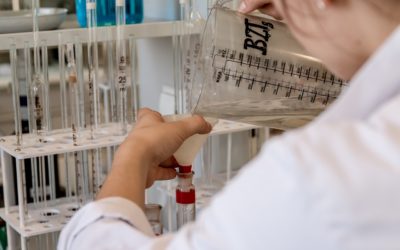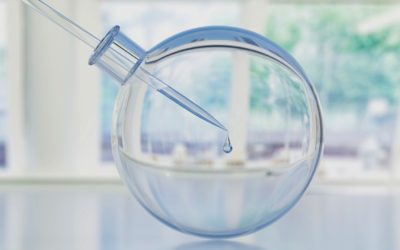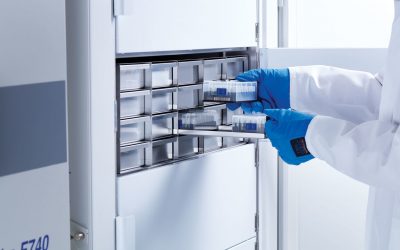Knowledge Center
All articles and shared info are for educational purposes only.
Understanding Peptide Bonds
How Is The Bond Created? When two amino acids form a covalent bond, it creates a peptide bond.[1] The Carboxyl group of one amino acid may react with the second amino group of the other amino acid. This essentially forms a peptide bond. Due to this process, a molecule...
Peptide Solubility
How To Find The Best Peptide Solubility Option Figuring out the most effective solvent to dissolve peptides with is possibly one of the most difficult components when working with peptides and conducting research. Aqueous solutions–also known as sterile waters–are one...
Peptide Purification
Here you will find information on the different aspects of peptide purification that take place during the synthesis, different strategies and methods, and possible mistakes, such as impurities that may actually be removed by purification during the synthesis....
Peptide Synthesis
The Process of Peptide Synthesis Solution Phase Synthesis (SPS) was the original approach to peptide synthesis. Though this process still has merit in this modern age, for large-scale peptide production, Solid-Phase Peptide Synthesis (SPPS) has become to be the method...
Standard Procedure For Storing Peptides
Long-term peptide storage over several months and years demands proper refrigeration. The preferred and usual temperature for storage is -80C (-112F). Freezing peptides is optimal to preserve their stability and retain functional viability. Peptides are short...
Disclaimer: The products mentioned are not intended for human or animal consumption. Research chemicals are intended solely for laboratory experimentation and/or in-vitro testing. Bodily introduction of any sort is strictly prohibited by law. All purchases are limited to licensed researchers and/or qualified professionals. All information shared in this article is for educational purposes only.





